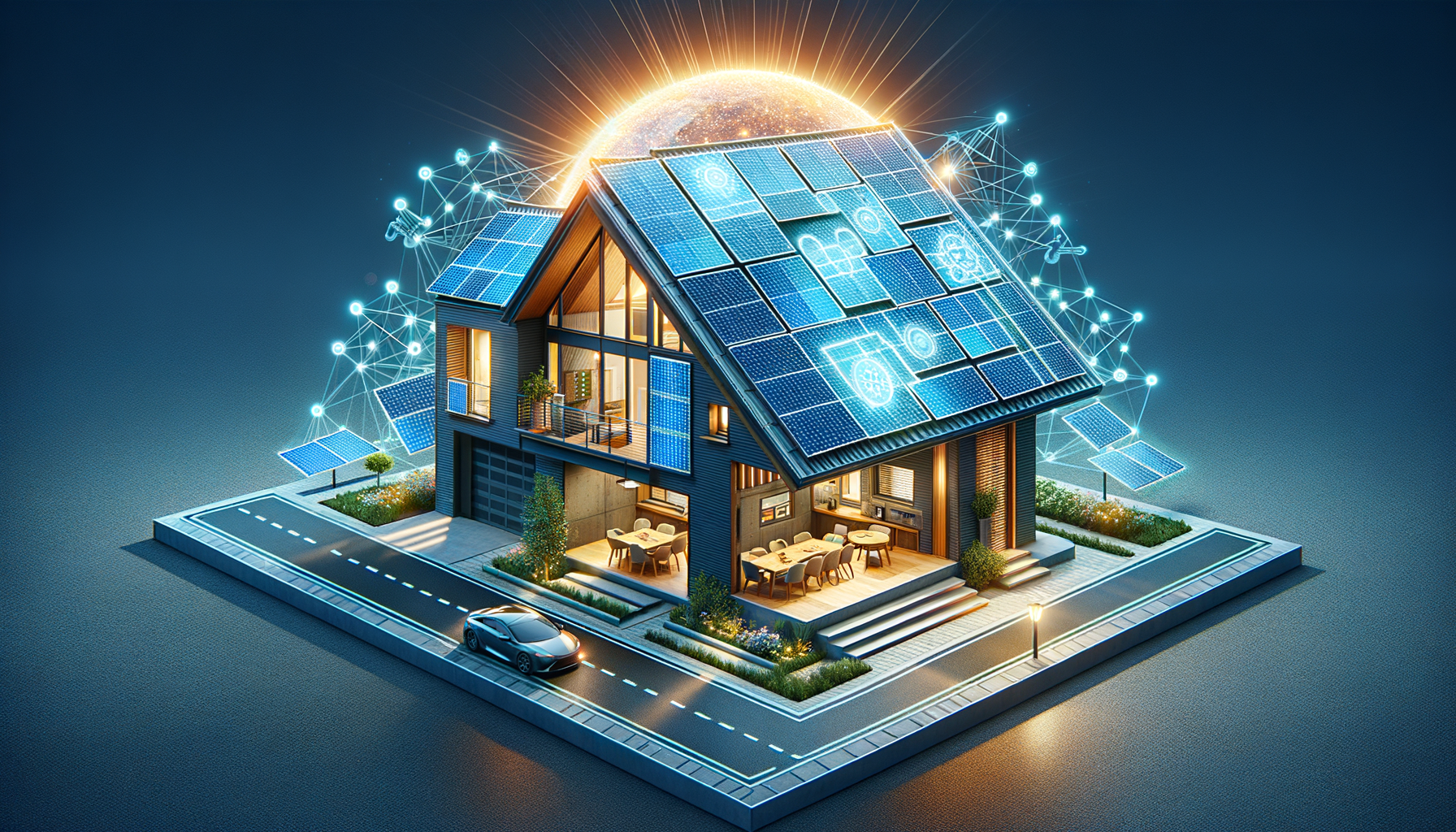Introduction to Solar Roof Systems
In recent years, solar roof systems have emerged as an innovative solution for harnessing renewable energy. These systems integrate photovoltaic (PV) technology directly into roofing materials, allowing homes to generate electricity from sunlight. As the demand for sustainable energy sources grows, solar roofs offer an attractive option for homeowners looking to reduce their carbon footprint and energy costs. Understanding how these systems work and their potential benefits can help homeowners make informed decisions about incorporating solar technology into their homes.
The Structure and Design of Solar Roofs
Solar roofs are designed to blend seamlessly with traditional roofing materials while incorporating advanced PV technology. The structure of a solar roof typically includes solar tiles or shingles that are integrated into the roof’s surface. These components are made from durable materials such as tempered glass or metal, which help protect the PV cells from environmental factors like wind and rain. The design of a solar roof can vary depending on factors such as roof orientation, pitch, and the specific type of PV technology used. These elements work together to optimize energy absorption and efficiency.
How Solar Roofs Generate Energy
The process of generating energy with a solar roof involves converting sunlight into electricity through the PV cells embedded in the roofing materials. When sunlight hits the PV cells, it excites electrons within the cells, creating an electric current. This current is then captured and converted into usable electricity for the home. The efficiency of a solar roof system can be influenced by various factors, including the quality of the PV cells, the amount of sunlight the roof receives, and the overall design of the system. By maximizing these factors, solar roofs can provide a significant portion of a home’s energy needs.
Benefits of Installing a Solar Roof
Installing a solar roof offers numerous benefits for homeowners. One of the primary advantages is the potential for significant energy cost savings. By generating their own electricity, homeowners can reduce their reliance on traditional energy sources and lower their monthly utility bills. Additionally, solar roofs contribute to environmental sustainability by reducing greenhouse gas emissions and reliance on fossil fuels. Other benefits include potential increases in property value and eligibility for government incentives or tax credits aimed at promoting renewable energy adoption.
Considerations for Homeowners
While solar roofs present many advantages, there are important considerations for homeowners to take into account. The initial cost of installation can be a significant investment, although it may be offset by long-term savings and incentives. Homeowners should also consider the suitability of their roof for solar installation, including factors like roof age, condition, and orientation. Consulting with a professional installer can provide insights into the feasibility and potential return on investment for a solar roof system. By weighing these factors, homeowners can make informed decisions about integrating solar technology into their homes.




Leave a Reply